If you’ve ever wondered about getting shapely, full brows with eyebrow microblading but weren’t sure where to start, we’ve got you covered. Read on to learn what you can expect before, during, and after your treatment session!
What Is Microblading?
Eyebrow microblading is a minimally invasive cosmetic procedure that deposits semi-permanent pigment under the skin’s surface. It uses a unique handheld device with ultra-fine needles to imitate the look of natural hairs for a subtle, natural-looking enhancement.
Microblading can be especially helpful in hiding the effects of years of excessive eyebrow plucking and waxing by reconstructing a new, well-defined eyebrow shape and filling in any gaps or areas of thinness.
What To Avoid Before Your Microblading Treatment
To get the most benefit from your appointment, there are a few things you should avoid prior to your procedure. These include:
Injectables
BOTOX® Cosmetic and dermal fillers, such as JUVEDERM®, can interfere with your results. These injectables relax the facial muscles and add volume, respectively, to improve the appearance of wrinkles.
However, your new eyebrow shape will be based on your rejuvenated features, meaning that once the injections wear off, your microbladed eyebrows may shift and be less suited to your original facial anatomy.
We recommend avoiding BOTOX and filler injections for at least 2 weeks before your appointment. If you still want to enhance your features after your microblading treatment, we advise waiting 3 to 4 weeks before booking your injectables appointment.
Blood-Thinning Medications
Medications such as ibuprofen (Advil®) and other NSAIDs (nonsteroidal anti-inflammatory drugs) can have a thinning effect on the blood. While this can help with inflammation and pain relief, it can increase bruising and swelling after your microblading procedure.
We typically advise stopping these medications at least a week before your appointment. Speak to your physician if you take blood thinners to make sure it is safe to pause your medication and pursue microblading.
Skincare “Actives”
Products with anti-aging or exfoliating properties, particularly ingredients such as retinol, glycolic acid, or salicylic acid, can cause the pigment from your microblading to fade prematurely. These “actives” can also sensitize your skin, making you more prone to excessive bleeding and less able to retain the pigment.
We recommend avoiding these types of products for at least 5 days before your procedure (though the more time you give your skin to calm and settle, the better).
Other Stressors
In the week leading up to your microblading appointment, we also caution you against booking a waxing session or intensive facial treatment. These can make the skin extra sensitive, as can excess sun exposure.
Lastly, we recommend that you avoid drinking alcohol for at least 48 hours prior to your appointment, as it can have a blood-thinning effect and impair your healing.
What Happens During Your Microblading Treatment
Your eyebrow artist (a licensed esthetician) will assess your facial anatomy to determine the eyebrow shape that is most flattering for you. They will then create a custom pigment blend and apply a topical anesthetic to minimize discomfort.
After the numbness has set in, the eyebrow artist will outline your eyebrows’ new shape and style. Once you are satisfied with the design, the actual microblading begins. The handheld device deposits pigment in subtle, hair-like strokes for a natural-looking result.
What To Expect After Eyebrow Microblading
We will go over your post-treatment instructions in detail during your session and give you an ointment to apply to your brows during the next 7 days. This ointment soothes the skin, accelerates recovery, and enhances pigment retention.
It typically takes 2 weeks for your eyebrows to heal fully. You may experience mild redness and swelling and notice that the pigment will lighten as your brows scab and flake. This is a normal part of the healing process.
After 2 weeks, you can start using makeup on your eyebrows again. While most guests can enjoy their results for up to 3 years, many choose to get a touch-up treatment once a year to maintain their results.
Lastly, we recommend consistently wearing sunscreen and avoiding excess exposure to chlorine and saltwater to prevent the pigment from fading. You can learn more about proper microblading aftercare from Healthline.
Get Started With Microblading
We would love to help you get the beautiful, defined brows you desire. If you are interested in learning more about what microblading can do for you, please request a consultation or call us at (772) 231-1133.

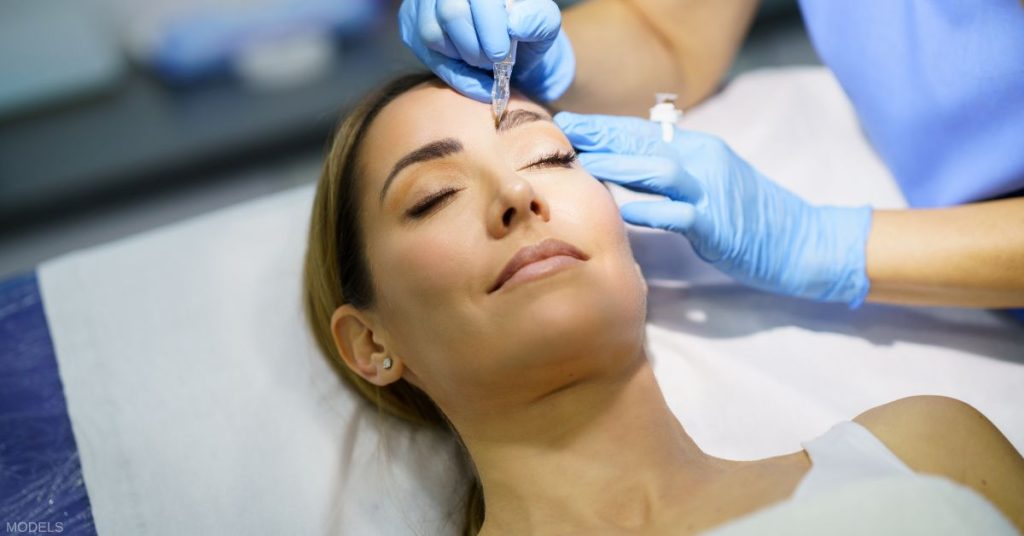
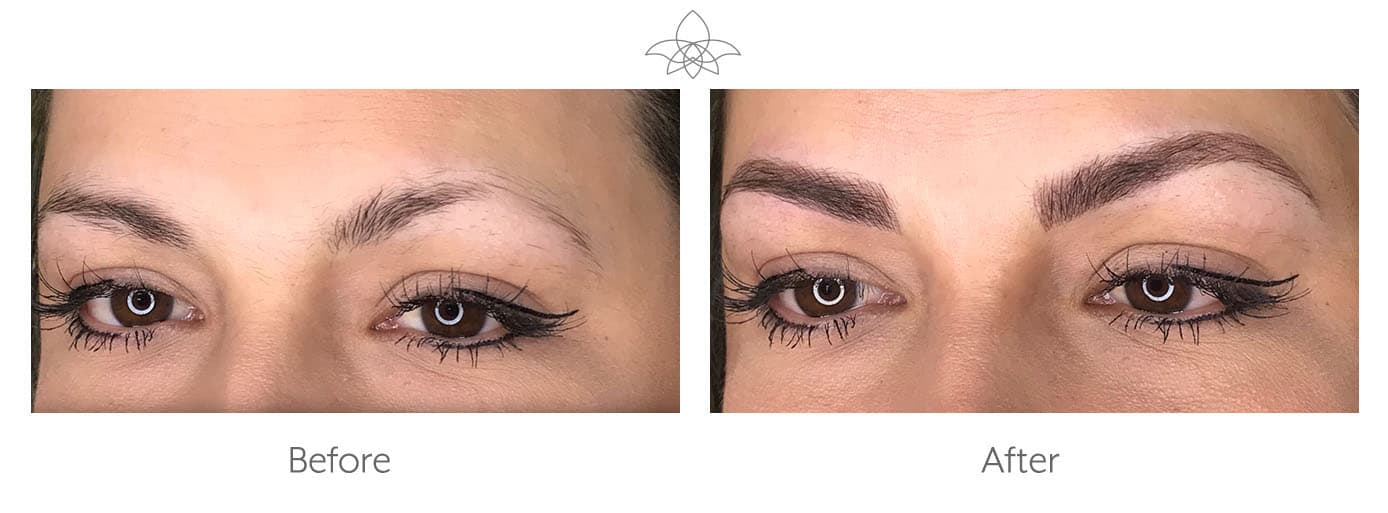
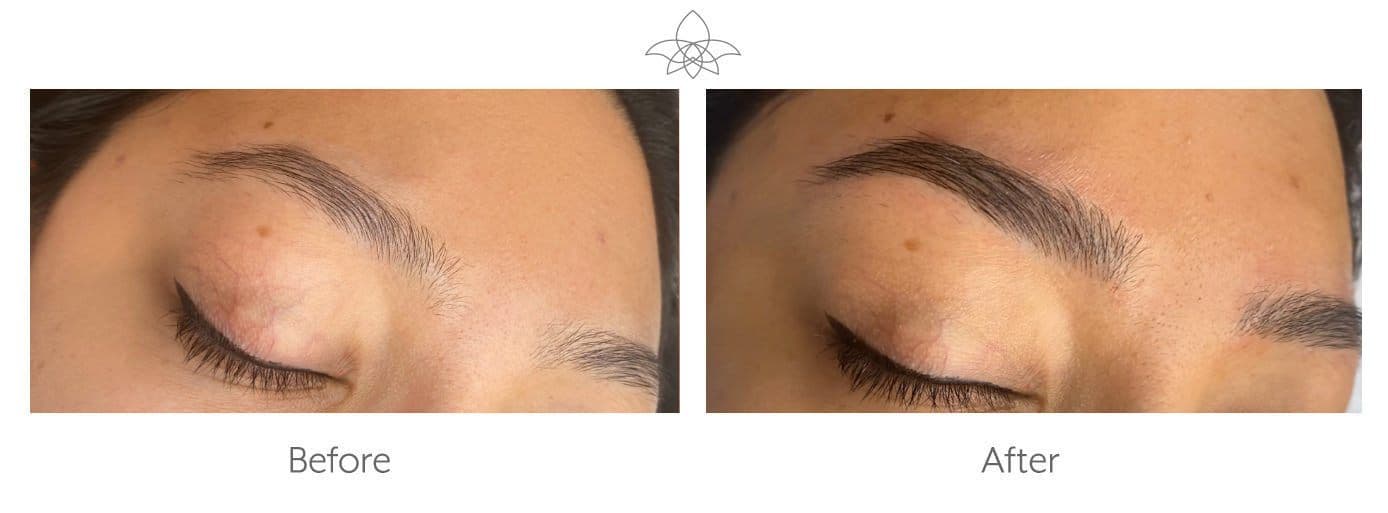
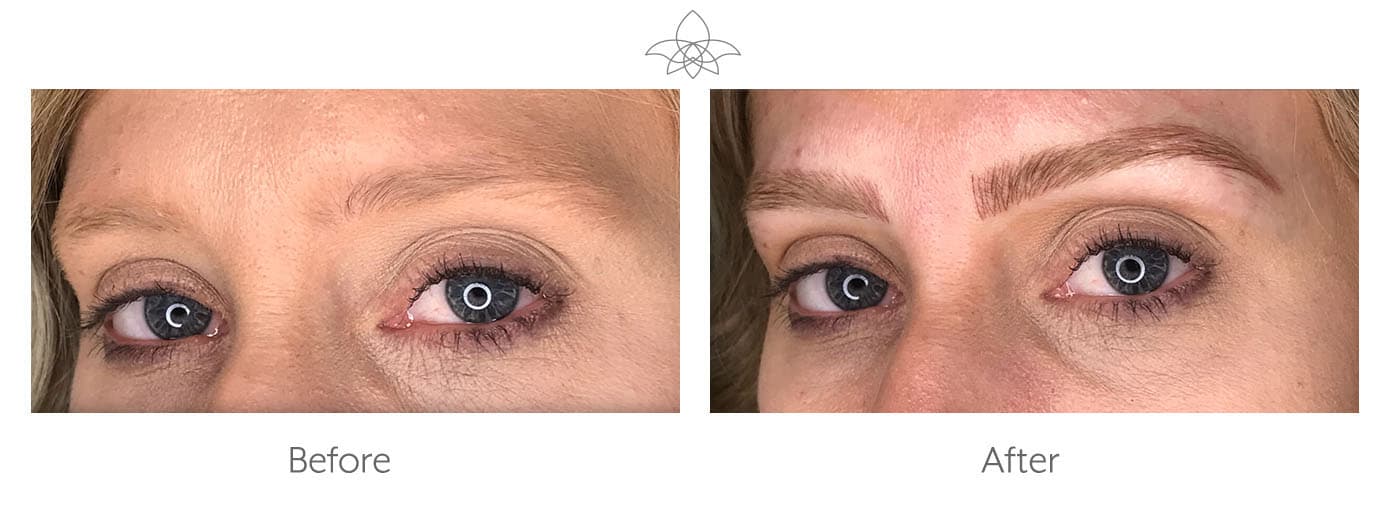
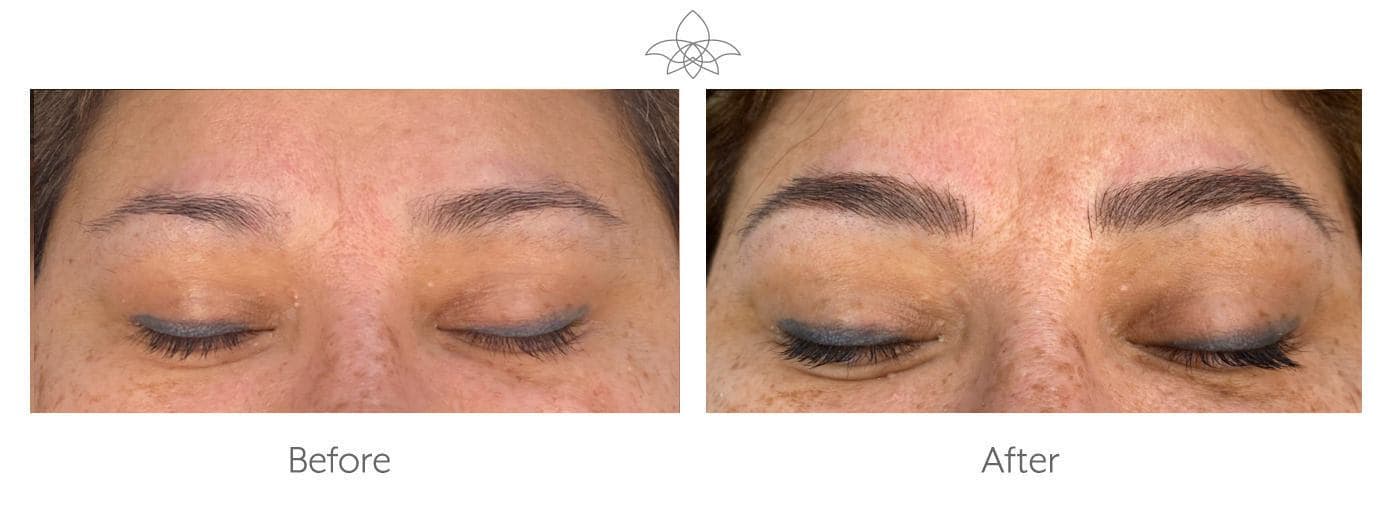
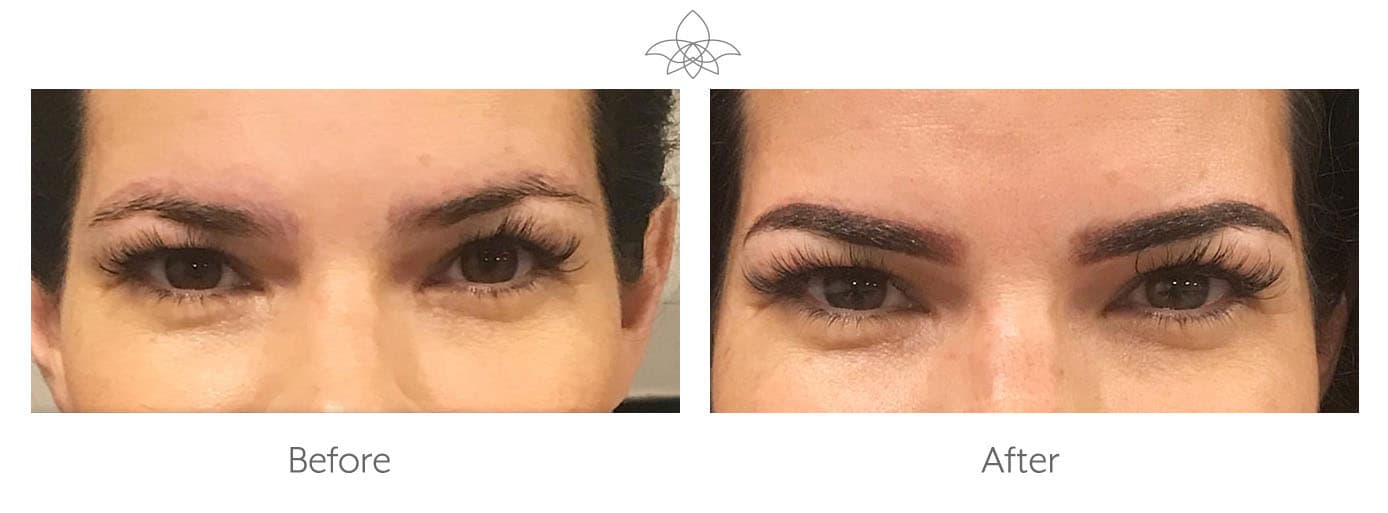
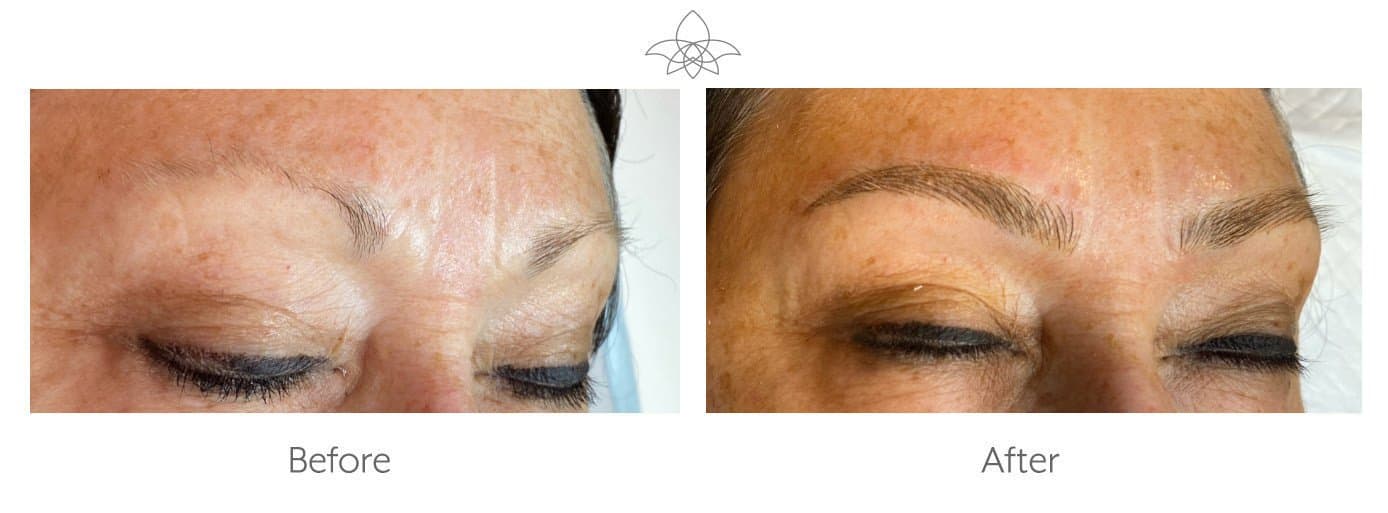
Leave a Reply